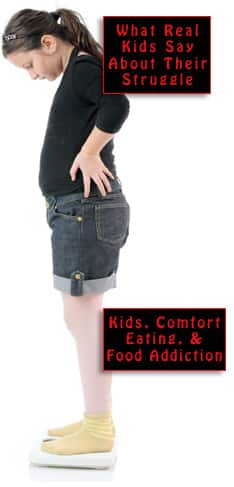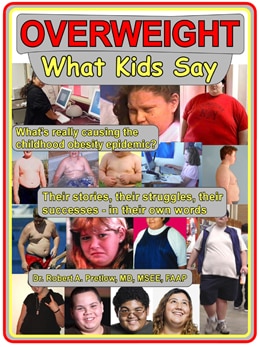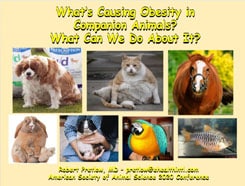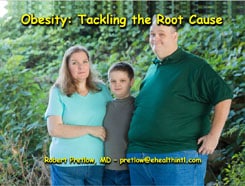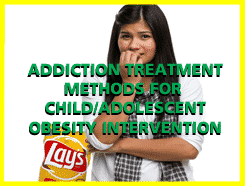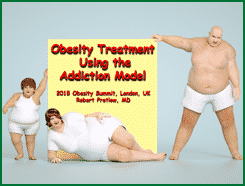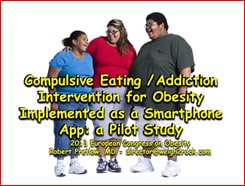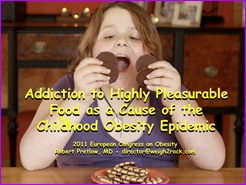
Historically, the relationship between food calories, energy expenditure, and fat was not thoroughly investigated or catalogued. But even before the reign of the enormous British monarch Henry VIII, it was understood that eating a lot made people grow large. Rather than a cause for criticism, obesity was social currency, proof that a breadwinner was indeed prosperous enough to overfeed himself and his family. Such people were looked up to as role models. Now, we know better, but don’t always do better.
In an essay about the societal ramifications of eating disorders, eating disorder therapist Kate Sutton wrote,
Social interactions play a significant role in the development and maintenance of eating disorders through various mechanisms…
Then she went on to give examples. At any type of gathering, there are others to whom a person can make self-comparisons. Even for kids with a restricted upbringing, whose only contacts are made in homes and at church, and maybe not even at school, there is still plenty of opportunity for comparison and judgment. Those factors of course lead inevitably to self-judgment, and from there, to seeking a way to change the self in order to be more acceptable to the majority.
Adults of course play a huge role, particularly with regard to children and youth. The relentless pressure of influence is out in the open, because of the presumption that grownups are supposed to be teaching, through every possible means, at every moment. With adult peer pressure, the methods and effects are more sly and insidious. Among a group of young people, peer pressure can go either way, advocating either conformity or non-conformity.
… Or else!
At any age, the pressure is felt in various forms. Some people can give you a look that just makes you want to sink through the floor. Others may talk about you, or to you. The message is delivered loud and clear: You are inadequate and you need to change, before the situation reaches the point where no one wants anything to do with you. Peers and random strangers are bad enough, but when a family member starts picking on you, even with alleged best intentions, it’s the worst. There is no escape. You live in the same house with this person whose eyes critically weigh you every day, and who keeps track of every bite you put into your mouth.
Obviously, in recent decades inescapable media influence has changed the culture immensely, with magazines, advertisements, television, movies, and the internet relentlessly illustrating exactly how thin human beings are “supposed to be.” The cultural pressure from those multiple sources has been documented extensively.
But even before media saturation, even before that influx of visual overload, some segments of the population were relentlessly pressured about excess weight because of professional requirements. As Sutton wrote,
In certain sports and professions where appearance and weight are emphasized, such as ballet, gymnastics, modeling, swimming, and wrestling, there is a heightened risk of developing eating disorders due to the pressure to maintain a specific body type.
The insidious factor, as “Counselor Kate” reminds readers, is that the family is where an environment is easily created that normalizes disordered eating behaviors, ranging from mild to severe, for no good reason (as ballet training, for instance, might be excused as), but just because.
As we have seen, entertainer Marc Maron describes his mother as a former obese child and a “functioning anorexic” who reacted with panic to the presence of overweight people, and whose main mission in life was to keep her own weight below 120 pounds. He in turn was indoctrinated to be phobic about butter, cheese, and double chins.
This type of upbringing is a constant reminder, “There’s good enough, and there’s not good enough, and you are very close to the edge.” Relentlessly delivered day after day, a message of this sort can be extremely damaging. In this respect, a person with the career of professional comedian is very fortunate, because there is somewhere to “put” the trauma.
Your responses and feedback are welcome!
Source: “Understanding How Eating Disorders Affect Friends and Social Circles,”
CounselOrkate.com, undated
Image by Pixabay/Free for use under the Pixabay Content License

 FAQs and Media Requests:
FAQs and Media Requests: 